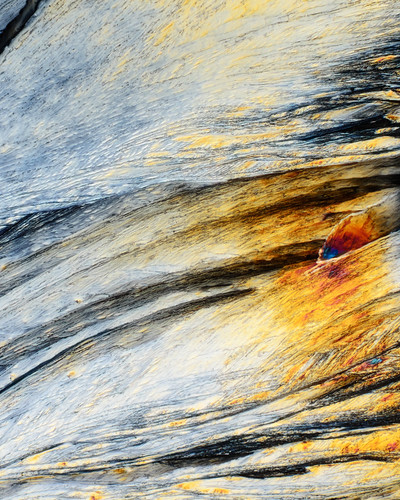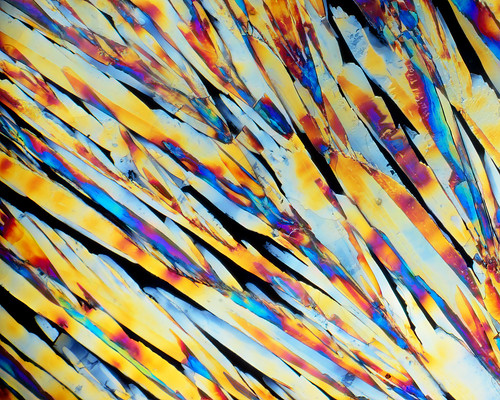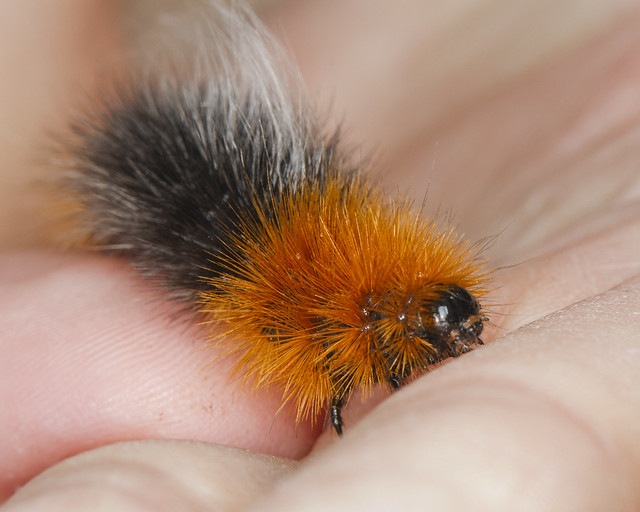|
Great shots, guys. I'm trying to get some documentation of the feeding behavior of a ground beetle. These guys are maybe a centimeter long at the most, and I need a clear shot. People tell me that older, cheaper digitals can take care of this pretty well, but there is of course a really wide variety of models that fall under old, cheap, and digital. Any suggestions?
|
|
|
|

|
| # ¿ Apr 29, 2024 19:54 |
|
I have a Canon T2i and am wanting to take studio, stacked shots of dead insect subjects, for the purposes of documentation and identification of beetles that will range from .1 mm to 30-40 mm. Shots of the whole body, then close ups of different aspects down to .1 mm would be ideal. I'd like to be able to approximate the resolution and quality of the photographs in this post: http://chrisraper.org.uk/blog/?p=5493 The guy on the blog says he's using a reversed Nikkor EL 50mm f2.8 on "cheap bellows", a Yongnou YN560 flash, a styrofoam cup, black paper "hood", and a manual focus rail. My question is, is this the cheapest I can get away with? The Nikkor enlarging lens and Yongnou flash seem reasonable when I look them up individually, but I don't know what reversing adapter, bellows, rail, hotfoot to flash attachment, and remote shutter release I would want to get. I'd like to keep it as cheap as possible, of course, but don't want to gently caress myself by buying something that doesn't fit, or end up with really lovely shots because of some technical aspect of a component that I didn't think of or wasn't aware of. Is this sort of set up flexible enough to take shots of .1 mm parts of beetle's mouths and then, with minimal equipment switch-out, take shots of 40 mm whole beetles? Is it wishful thinking that I can get this sort of range with a bellows and reversed enlarging ring set up? Would I have to end up buying a microscope objective and adapter for the really tight shots?
|
|
|
|
So I have a Canon T2i, and bought a few things to get started with macro. List of purchases here, with another adapter for attaching the bellows to the camera's EOS mount. I didn't realize that the front end of the bellows would also have the Pentax K-mount (dunno why I didn't think of that), so I'm wanting to check with you guys before purchasing this adapter. This shows my lack of knowledge of cameras in general, but I wanted to make sure that that adapter is going to accept a male M42 screw into what would be the front of a Pentax body.
|
|
|
|
Mr. Despair posted:Manual apertures (like a preset aperture) is a very different thing from manually controller the aperture. Could you elaborate on that? I don't get it, wouldn't they both mean you have a wheel on the lens with aperture stops that you could set how you like?
|
|
|
|
spongepuppy posted:Content (asprin): Awesome. What magnification and lighting are you using for these? My third stack, using an El-Nikkor 50mm f/2.8 set at 4, on Chinese bellows and Zerene Stacker, probably a blow fly in the genus Lucilia:  I'm really happy with how this equipment is working out. I've basically accomplished my goals at this point, making the sort of documentation that could be used in taxonomic papers. Tricerapowerbottom fucked around with this message at 21:38 on Feb 21, 2014 |
|
|
|
Question about Canon Liveview, maybe more appropriate for the Canon thread but I'm sure someone here has run into the same thing: I'm using EOS Utility to preview and compose my shots, and noticed that while I nominally have control over the aperture in the software, it doesn't seem to do anything (as I'm using a reversed enlarging lens at the end of non chipped bellows, of course). Exposure time and ISO do affect the preview, however. Turning on the depth-of-field preview seems to be giving me a simulated exposure of what the shot is going to look like, but all of my shots are usually one or two stops overexposed... Should I just up check magnification versus aperture clarity in the DOF preview, and then adjust the shutter speed afterwards, or am I missing something here? Here's a Gonia, I love their funny little wedgey heads. I'm going to have to resize during initial post process, when I went in and tried to retouch the full size TIFFs in Zerene my computer acted like it needed a fainting couch. 
|
|
|
|
I'll experiment when I get home, then. I wouldn't have thought that changing the aperture in Utility would affect the photograph, preview or not, as the lens is a reversed El-Nikkor at the end of some bellows.
|
|
|
|
Very cool Does anyone have any experience with emptying lenses out? I want to try the idea mentioned at http://extreme-macro.co.uk/empty-lens/, as I have a 50mm 1.8 prime (that I'd like to keep intact) and a cheap 100-300mm zoom that I'd like to gut and make into my length and aperture control. What equipment I would need? Can anyone highlight any considerations about focal lengths, lens distances, or whatever that I might not be thinking of? Tricerapowerbottom fucked around with this message at 17:13 on Feb 27, 2014 |
|
|
|
spongepuppy posted:This discussion about where to stop down in a lens combo is probably something you will want to read, because you may find that you're trading more image quality than you think for the convenience of stopping down using the rear lens. Bear in mind that your aperture placement will be way off where the lens designer thought it should be - so you're charting unknown territory. Went through that, thanks sponge. It's kind of amazing how many FAQ type posts are made by Rik there. Another question, I am looking for some Canon or Canon-compatible lenses that can do double duty as both regular zooms, and as infinity corrected objective mounts, as demonstrated here. So far, I know I'd like to get maybe a Tamron 55-200mm f/4-5.6 Di II LD Canon Macro. So that one covers the 200mm. My question is, is there a either a prime 100mm or a zoom that tops out at 100mm that I can either put straight onto a Canon body or use an adapter, that won't break $150? I'd rather have to pay for an extra chipped adapter than pony up however much for the Canon 100mm macro prime (which would be nice of course, but this is a hobby).
|
|
|
|
Look at that little cutie. Good work I got an Asahi Pentax bellows together recently, just need to cough up the money for my ZS license (I know, priorities). Anyone have any experience shooting things suspended in clear liquid? Should I use a cuvette? Is there an easy way to keep the surface of the container from reflecting, like just hooding the lens up to the surface, and move the camera on the bellows instead of anything else?
|
|
|
|
Graniteman posted:A used canon T2i is a good camera, and can be had for $300. I recommend the T2i, based on my experience with it. The mount on the front, called Canon EF, has all sorts of iterations of adapters for drat near everything, and the Canon software will enable the camera to take the photos without flipping the mirror (keeps the images sharp, which is important with macro), and it doubles as a normal DSLR for shooting portraits, landscapes, your dick, whatever. I ended up spending about $700 altogether for my rig (using an El-Nikkor 50mm f/2.8 reversed on bellows), including the camera, with results I'm pleased with:     Not perfect, but good enough for illustration and species identification, which were my goals.
|
|
|
|
That's really excellent, good job. The fly in the bottom shot may be taste testing, it's a calyptrate fly which are sometimes filth feeders. Just checking out whatever surface it happens to be on, maybe. D'awwwwww 
|
|
|
|
Graniteman posted:The main options are Zerene Stacker and Helicon Focus. I think Zerene has the better reputation but I've never used Helicon. ZS does have a lightroom plugin but I've also never used that. There's a free trial so you can give it a shot. Zerene can also control a Stackshot, which is huge depending on how much do you this stuff. Post about ZS versus HF (written by the guy who wrote ZS, but I've never seen him overselling poo poo about ZS): http://www.photomacrography.net/forum/viewtopic.php?t=13302
|
|
|
|
Handsome feller  something something O'Keeffe joke Here's a Muscidae (house fly) that I have never managed to identify, it has an unusual drab on top, then baller metallic purple coloration on the side pattern to it. I forgot to put my little black paper hood on the end of the lens for this one and had to crank the contrast in post pretty hard. Before and after, if just as a warning to remember your hood and put some flocking rings in your equipment:  
|
|
|
|
Last night I stacked a Megachile bee, with "okay" results: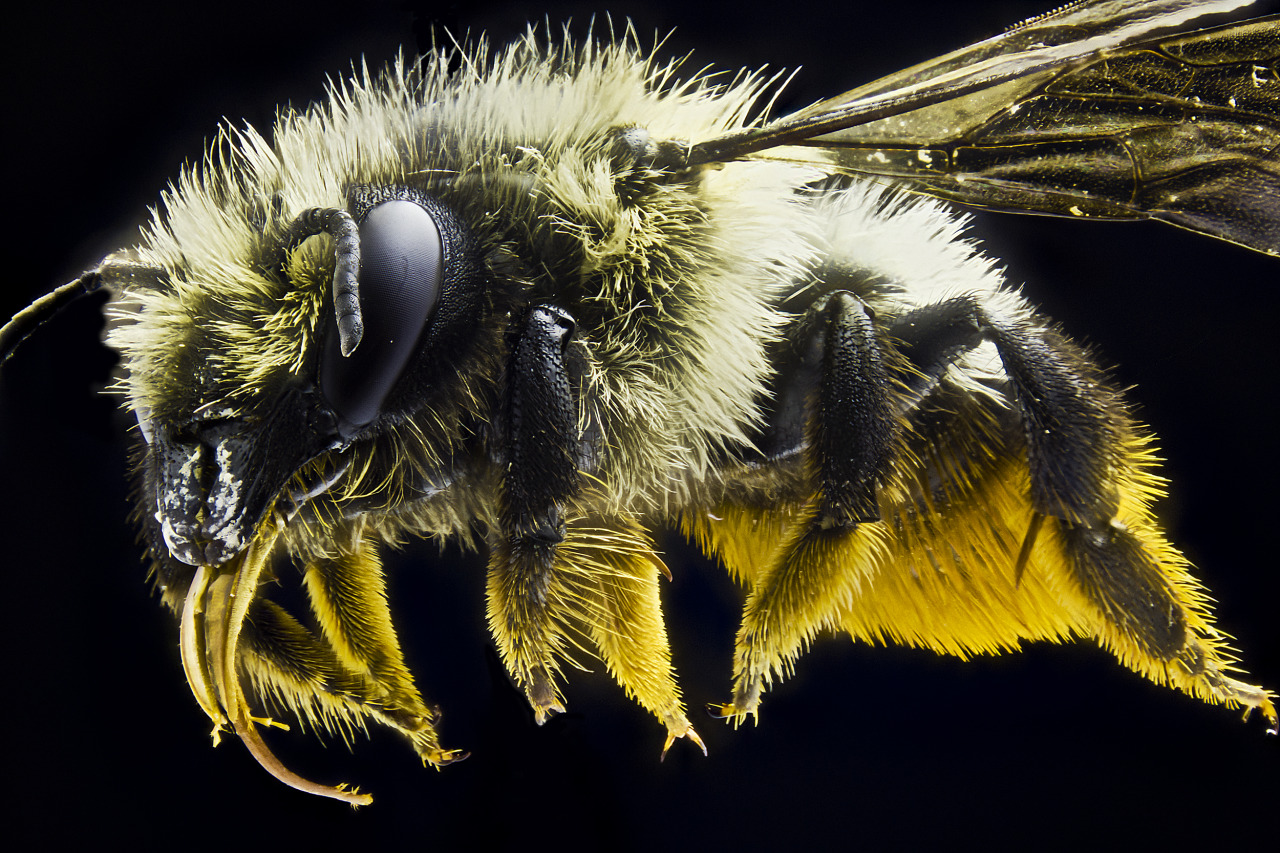 I am trying to emulate a particular set of photos from a USGS worker that are posted on flickr: https://www.flickr.com/photos/usgsbiml/sets/72157630468783226/.  Centris decolorata, F, Side, Puerto Rico_2013-07-04-12.37.24 ZS PMax by Sam Droege, on Flickr Centris decolorata, F, Side, Puerto Rico_2013-07-04-12.37.24 ZS PMax by Sam Droege, on Flickr amegilla, m, side, india_2014-06-18-16.30.41 ZS PMax by Sam Droege, on Flickr amegilla, m, side, india_2014-06-18-16.30.41 ZS PMax by Sam Droege, on FlickrThe worker posts that the pertinent pieces of equipment they are using are: Camera: Canon EOS 5D MarkII Macro Lens: Canon Manual 60 mm 1-5X (MP-E65/2.8) Macro Flash: Canon Twin Lite MT24EX Setup: specimen placed inside of a styrofoam cooler, black cardboard background, and the lights are placed near the base of the specimen, facing away from each other. The areas left open by the hole made for the lens is covered in white typewriter paper to encourage bounce. Whereas I am using a Canon T2i, a El-Nikkor 50mm f/2.8 reversed on bellows, and a desk lamp over a styrofoam cup diffuser that the specimen is set in (and a Yongnou 560 III that I don't know enough about to use effectively yet, have not used it for macro stacking yet). In mine, I used a CFL bulb in a desk lamp, set directly above the styrofoam cup with the pinned specimen inside. The background is a small piece of ultra-black flocking used for the insides of telescopes. I realize that there are going to be considerable technical differences between the equipment I have available right now and the stuff the USGS worker is using, but I'm disheartened by the differences between the photographs... When I am using my setup, I use the Canon Utility software in Manual, with the aperture set to approximately the enlarging lens' current aperture (usually between the 4 and the 5.6 markers), and adjust the exposure time to give a slightly to-the-left histogram. This particular stack was 59 images altogether, cranked by hand. I don't really think I need a Stackshot (as the worker is using) at this point, but it would be nice. After taking the photos, I use Bridge to resize and save as jpgs, (not getting the Embedded Profile Mismatch prompt I normally get when I open a CR2 in PS, which might have something to do with it). I stack in Zerene Stacker, usually using the DMap output and retouching from there. Beyond that, I am using the mini-Bridge function in PS CS5 to open the resulting jpg as RAW, adjusting the brightness, contrast, and blacks. Then I usually go into the file with PS itself and use the healing tool to remove bits of dirt, and finally go over the whole thing with the unsharp mask function to enhance detail. As you can see, the lighter parts of the bee are over-exposed, and while the detail looks okay, it's not as good as the photographs done by the USGS guy. I also get serious halos in my DMap results, usually around the claws or wings (highly reflective surfaces, compared to the hairy or dark colored parts of the insect). You can see some of my hamfisted PS'ing in my photo, right under the bee's left antennae. In this case, I was able to convincingly PS the pin out of the picture, but I know that if the positioning had been different, there would be more of that. Are the differences between my Megachile example shown here simply a matter of learning how to use my flash and working on learning how to light the subject better, getting better equipment in general, taking more time with my post processing, or a combination of all three?
|
|
|
|
dakana posted:Definitely the largest difference is in the lighting. The MT24EX is a macro ring flash, which means it's on the lens' axis. They've got more substantial bouncing of light going on, which helps reduce contrast and shadowing. Your light is coming primarily from above, and while it's a nice size, simply due to its positioning it ends up putting too much light on the top of the bee and not enough on the bottom. This is what creates a large amount of contrast between the top and the bottom, and you're left to either sacrifice the highlights, sacrifice the darks, or compromise. You could try getting some more desk lamps and getting lights on-axis to the bee, or 2 at 45 degree angles in front of the bee, etc. That's your biggest difference, for sure. Thanks, appreciate the response. On the second point, I forgot to mention that I do apply a by-case preset from one of the photos to the bunch in Bridge before I start the resizing. I usually end up doing it again using the open as RAW function afterwards, though.
|
|
|
|
Right, the MT24EX is a couple little flashes that are on a ring mount that can be removed: The USGS worker has them on either side of the block that the specimen is mounted on, facing in opposite directions. The inside of the styrofoam box provides the diffusion. I will work on it with my own YN to see if I can get something going that will work better than what I'm getting now. I imagine just shooting at a quicker shutter speed will improve things a little, and a truly spread out light will make things look more even in the end. edit: anyone aware of a comparable Chinese Amazon-y pair of lights? Or just get another YN and slave it? Tricerapowerbottom fucked around with this message at 22:49 on Jun 19, 2014 |
|
|
|
Long story short, using the flash inside of a styrofoam box worked a hell of a lot better: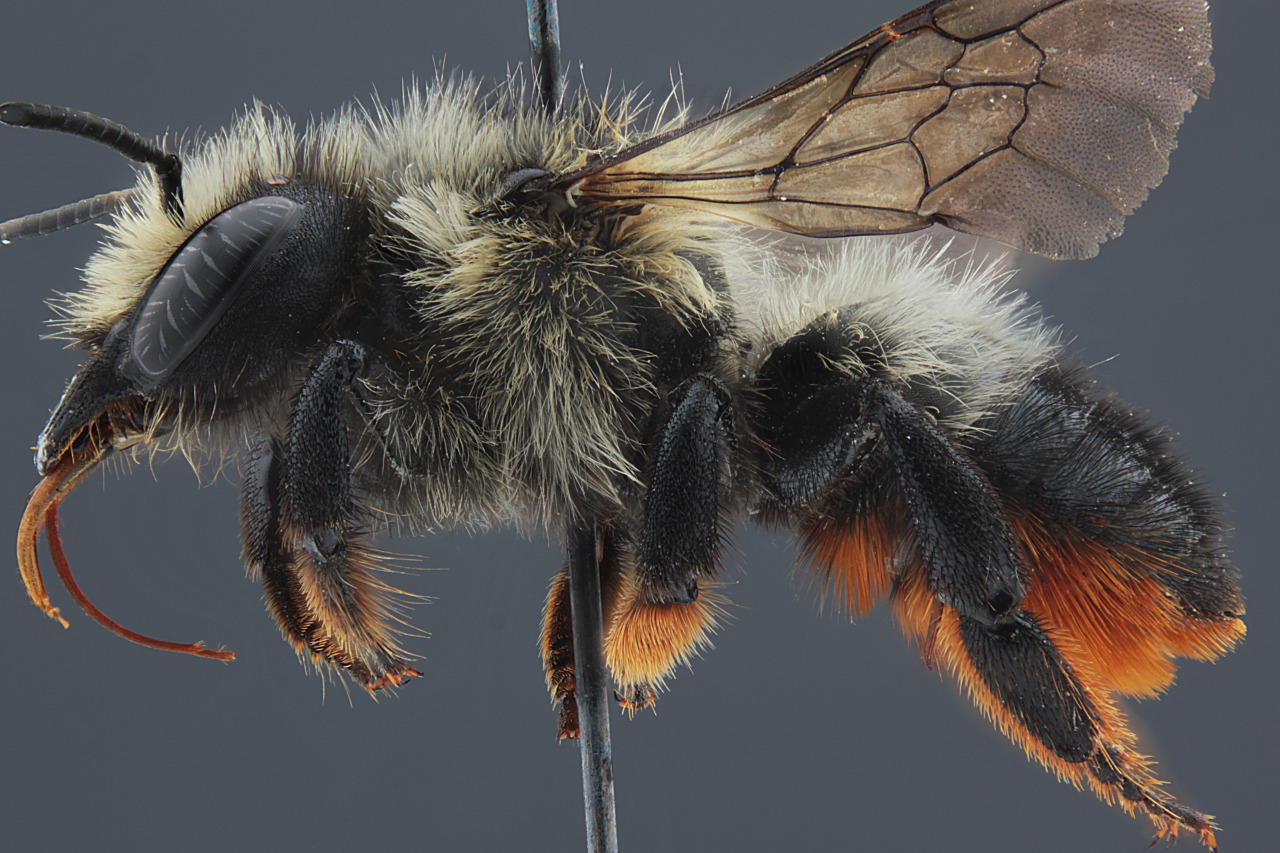 Still need to work on my idea of contrast, though. I see a big difference in what I remember in PS on my home computer and what I see at work. The FB uploading compression and color wonkery actually made this one look better than the unaltered file, which is what's posted above: 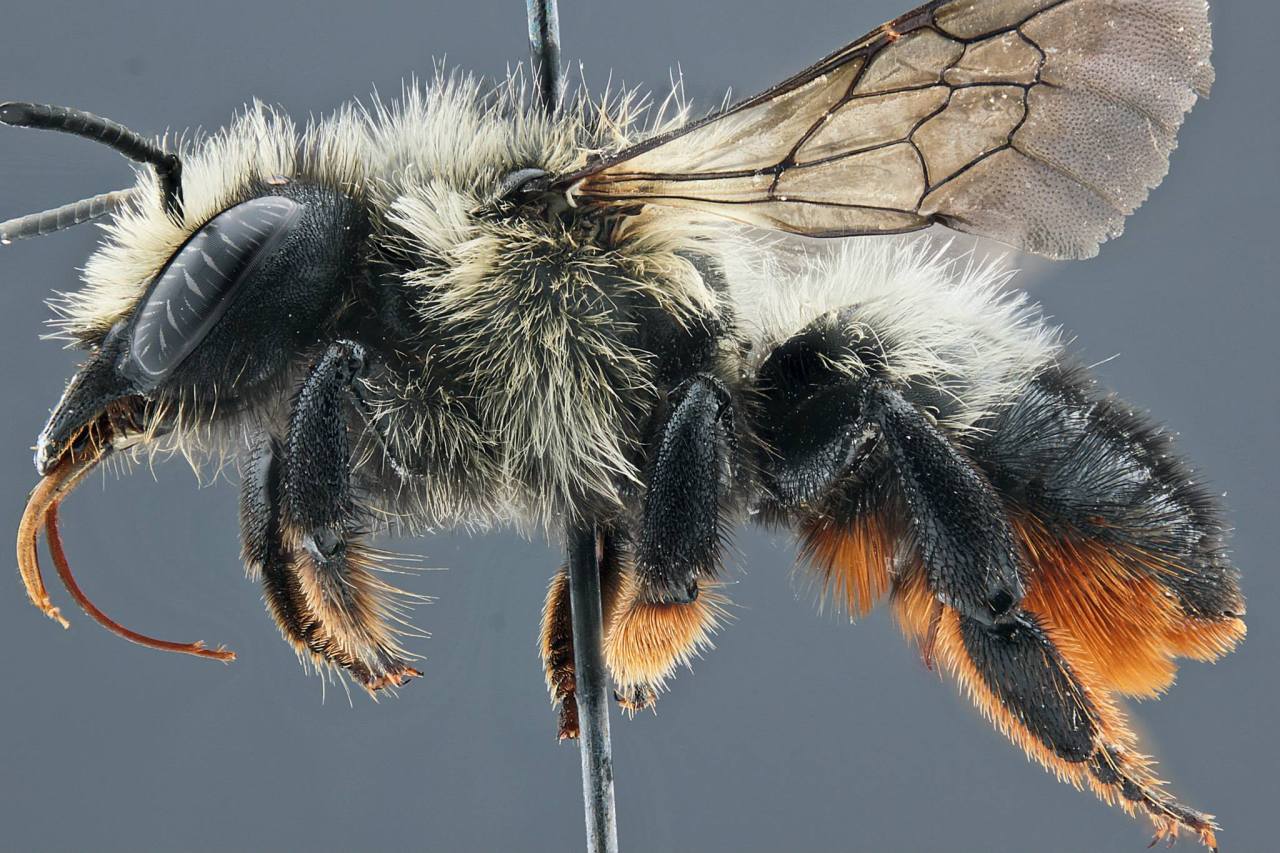
Tricerapowerbottom fucked around with this message at 22:21 on Jun 22, 2014 |
|
|
|
toggle posted:All bugs are! No! Well... Yeah. I think this is a male Helcomyza mirabilis. It's a kelp fly, a member of the superfamily Sciomyzoidea. Shot with a stacking rig using a reversed el-Nikkor 50mm /2.8N. 
|
|
|
|

|
| # ¿ Apr 29, 2024 19:54 |
|
Studebaker Hawk posted:Is anyone doing greater than 1:1 mag on a mirrorless system? I switched to Fuji and miss/need something to replace my MP-E 65mm (1-5x mag). If you are seriously into macro, I would just keep a Canon body and that lens asides for that purpose. You're not going to find a more capable lens by itself as far as I'm aware of, and would even have trouble matching it's technical specs with a rigged set up (outside of expensive microscope apertures matched to specific length fixed lenses, which ain't nearly as flexible and compact as the 65mm).
|
|
|






